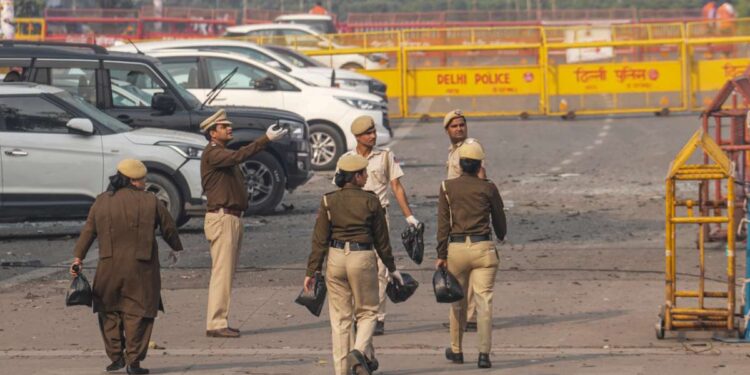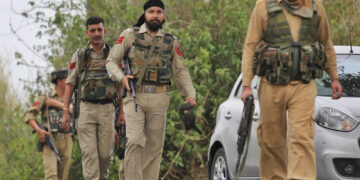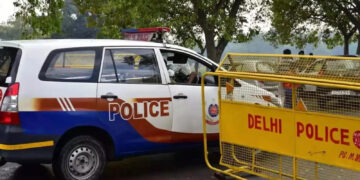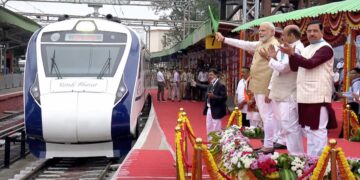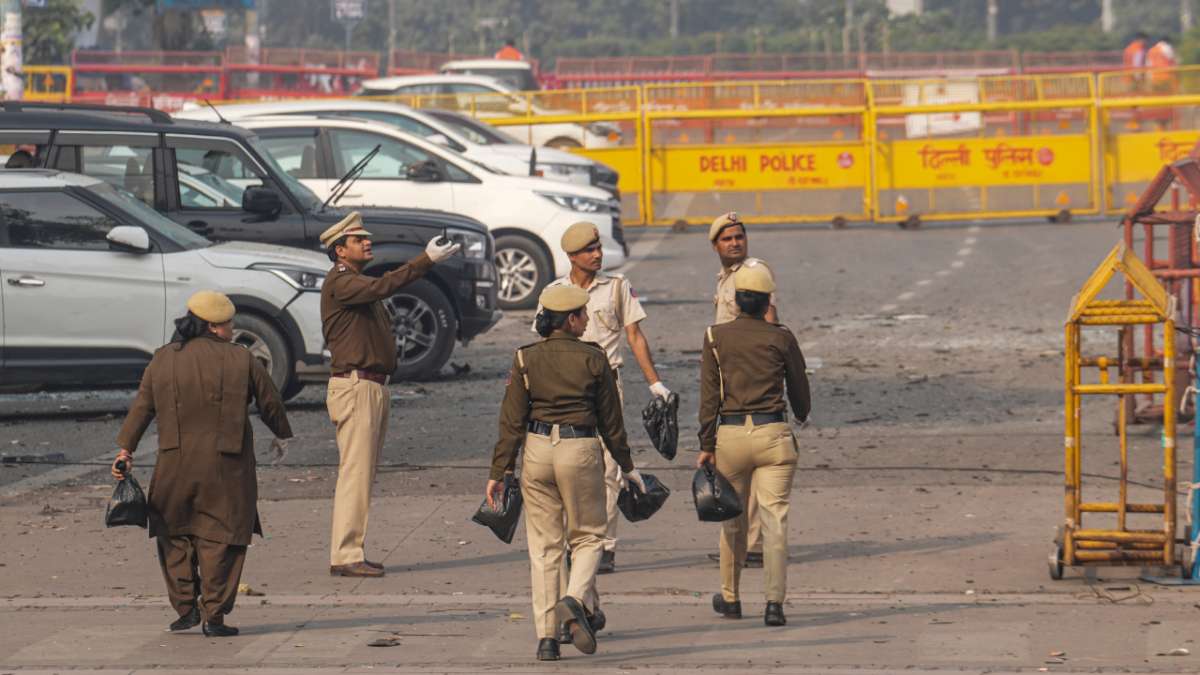
Delhi suicide bomber: A disturbing undated video of Delhi bomber Dr Umar Mohammad, also known as Umar-un-Nabi, has emerged a week after the Red Fort blast that killed 13 people and left the nation in shock. The video, recorded by Umar himself, provides the first real insight into his radicalised mindset and his justification for suicide bombing, an act strictly forbidden in Islam.
In the video now circulating among investigative teams, Umar calmly attempts to explain what he calls the “misunderstood concept” of suicide bombing. Speaking fluently in English with a noticeable accent, he says, “One of the very misunderstood concepts is what has been labelled as suicide bombing. It is a martyrdom operation known in Islam. There are multiple contradictions; multiple arguments have been brought against it.”
The chilling part is not merely what he says, but how he says it — articulate, collected, and deeply convinced. He further claims that no one can predict when or where they will die. “A martyrdom operation is one in which a person presumes he is going to die at a particular place and time. Don’t fear death,” he adds with unsettling calmness.
This video contradicts earlier speculation that the Delhi car blast may have been an accidental explosion while transporting explosives. Instead, it strongly indicates a deliberate, carefully planned act of terror — executed by someone who viewed himself as a “martyr”.
Educated, Radicalised, and Dangerous: The New Face of Terrorism
Investigators are calling this video a shocking example of the new generation of terrorists — educated, articulate, and deeply radicalised. Umar was a doctor, a profession associated with healing, yet he embraced an ideology that celebrates violence as sacrifice.
Sources from counterterror agencies reveal that Umar had been under the influence of extremist teachings for years. The video hints at extensive indoctrination, showing a man who had thought deeply about extremist philosophies and tried to create his own justification for mass murder.
Terror Networks Recruiting Educated Professionals
The Delhi blast investigation has already uncovered links to major terror organisations such as Jaish-e-Mohammed and Ansar Ghazwat-ul-Hind. Officials say these groups are now targeting highly educated individuals, including doctors, engineers, and university students.
Earlier this month, the Jammu and Kashmir Police cracked an inter-state, transnational terror module connected to these organisations. Their statement revealed a “white-collar terror ecosystem” operating across India and abroad.
According to the police:
“The investigation has revealed a network of radicalised professionals and students in contact with foreign handlers operating from Pakistan and other countries. The group used encrypted channels for indoctrination, coordination, fund movement, and logistics.”
Funds, they added, were disguised under “professional and academic networks” and channelled through social and charitable fronts — making the network harder to detect.
A Carefully Planned Act, Not an Accident
The emergence of Umar’s video confirms that the Red Fort blast was a premeditated attack, not an accidental detonation. His justification of death, references to destiny, and glorification of martyrdom all point toward deliberate intent.
Investigators believe Umar recorded the video shortly before the attack, although the exact date is unknown. Forensic teams are analysing the video’s metadata for clues about his final movements, possible collaborators, and digital trail.
Nation Demands Accountability and Answers
The blast that killed 13 innocent people near one of India’s most iconic landmarks has triggered widespread anger and grief. Security agencies are intensifying efforts to dismantle the broader terror network responsible for recruiting and radicalising young professionals like Umar.
Authorities continue to question associates, analyse call records, and track suspicious financial transactions as the probe enters a critical phase.
The chilling video serves as a stark reminder of the evolving nature of terrorism in India — one that blends education, ideology, and technology in a dangerous new form.

